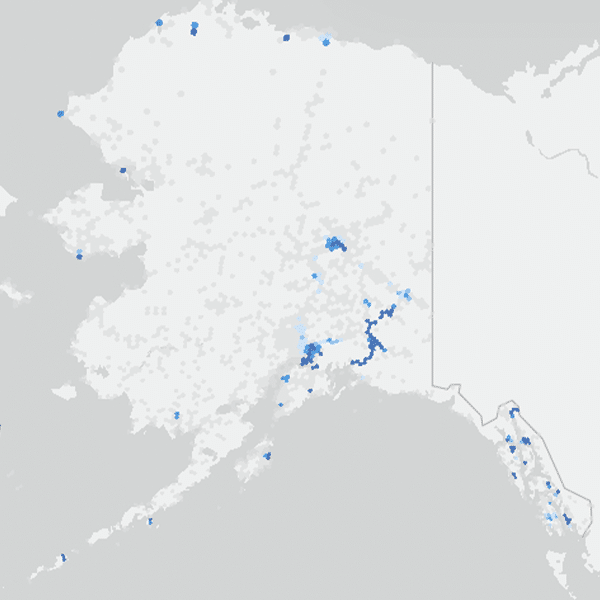The next big spectrum tug of war will play out in the 12 GHz band, where a broad 500 MHz of spectrum could be available for fixed or mobile use, possibly involving 5G and Wi-Fi. Panelists on a virtual conference hosted by competitive carrier association INCOMPAS yesterday outlined the issues involved.
The FCC last month adopted a notice of proposed rulemaking (NPRM) about possibly changing the rules for the 12 GHz band that could allow spectrum sharing and other changes. The NPRM is likely to generate a barrage of comments including diverse and, in some cases, mutually exclusive, recommendations.
“The issue is coexistence,” said INCOMPAS panelist Michael A. Calabrese, directgor of the Wireless Future Project at the Open Technology Institute at New America.
The 12 GHz Band
There’s a lot at stake, considering the breadth of the 12 GHz band and considering that, according to panelist V. Noah Campbell, co-founder and CEO of Radio Spectrum Access (RSA), this is the only spectrum likely to be made available for broadband use between 6 GHz and 24 GHz.
RSA holds spectrum in the 12 GHz band, which the company uses to provide point-to-multipoint fixed wireless in rural areas. Other key license holders in the band include DISH and AT&T/DirecTV, which use it to distribute direct broadcast satellite programming, and SpaceX, which uses it for its non-geostationary satellite broadband.
Currently there are restrictions on using the spectrum bidirectionally and breaking the band up into smaller channels, explained Campbell, who noted that RSA’s service uses unlicensed spectrum for upstream traffic. Power limits are also quite strict, he said.
The FCC may consider relaxing some of these rules and may consider allowing spectrum sharing – something that Dish has recommended.
According to Alison A. Minea, director and senior counsel for regulatory affairs at DISH, the company believes spectrum supporting the company’s satellite TV business can be shared with other services without negatively impacting the satellite business.
The thinking is that the satellite dishes –geostationary ones, at least – face a single direction, potentially enabling other services to share the band. Potentially, spectrum sharing could give DISH the ability to use the 12 GHz band to support both its satellite business and the mobile business that the company has committed to launching — although mobile use might have to be restricted to low-power, and therefore small cell, usage.
Harold Feld, senior vice president of consumer group Public Knowledge, noted that the group would like to see DISH in a stronger position vis-à-vis the three existing nationwide mobile providers AT&T, T-Mobile and Verizon. He added, though, that additional technical information should be gathered before making any determinations and that commenters would need to “bring their A game” in their technical analyses about the band.
Although some technical information was collected previously, commenters had less at stake previously and may not have brought their A-game, he said.
Calabrese noted that some new issues have arisen, as well. For example, when some initial studies were done, information about the altitude of SpaceX satellites and their “look angles” was not available, he said.
Unlike DISH, other satellite operators — including AT&T/DirecTV and SpaceX — have opposed the idea of allowing others to share the 12 GHz band, citing potential interference issues.
Unlicensed Options
Also under consideration for the 12 GHz band: allowing it to be used indoors on an unlicensed, low-power basis, potentially supporting gigabit Wi-Fi using the same approach that the FCC voted last year to allow in the 6 GHz band.
Another idea for the 12 GHz band that might build on other FCC spectrum sharing initiatives: allowing unlicensed users to use the spectrum in areas where the spectrum is not in use by the licensee, an approach previously used in the 600-700 MHz band and in the CBRS band.
As the FCC turns its attention to the 12 GHz band, some stakeholders might wonder whether shared use of the spectrum could support gigabit fixed wireless in rural America in general and, in particular, for winners in the RDOF (Rural Digital Opportunity Fund) auction. Some bidders won rural broadband funding under the assumption that they would use gigabit fixed wireless for their buildouts, but whether the technology can economically support those speeds has come into question.
It would seem unlikely that sharing 12 GHz spectrum would be an option for RDOF winners, however, considering that the FCC would first have to vote to allow spectrum sharing and that appropriate spectrum sharing technology would then have to be developed.


